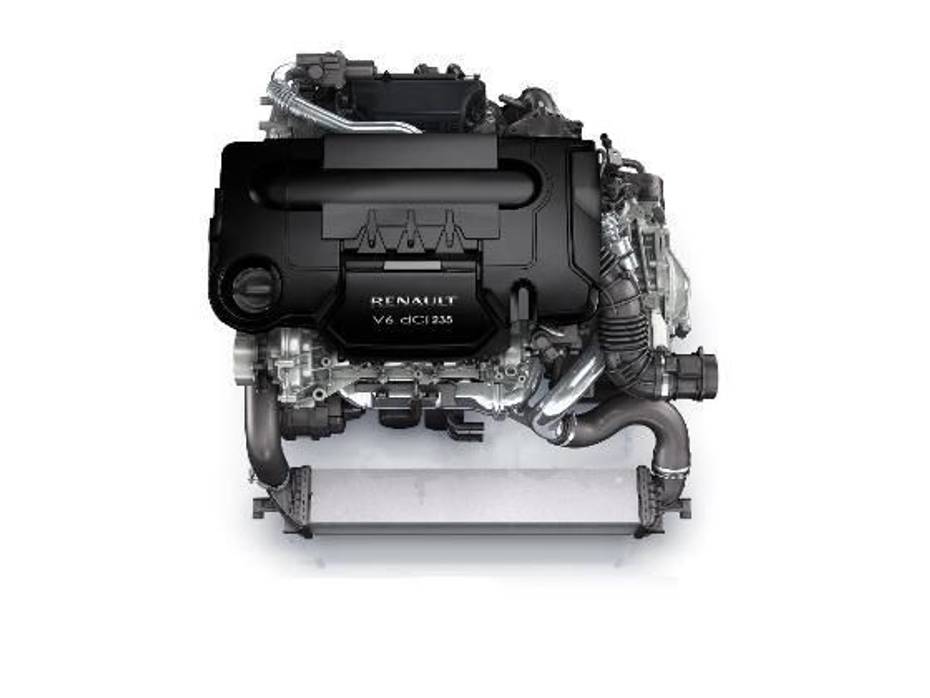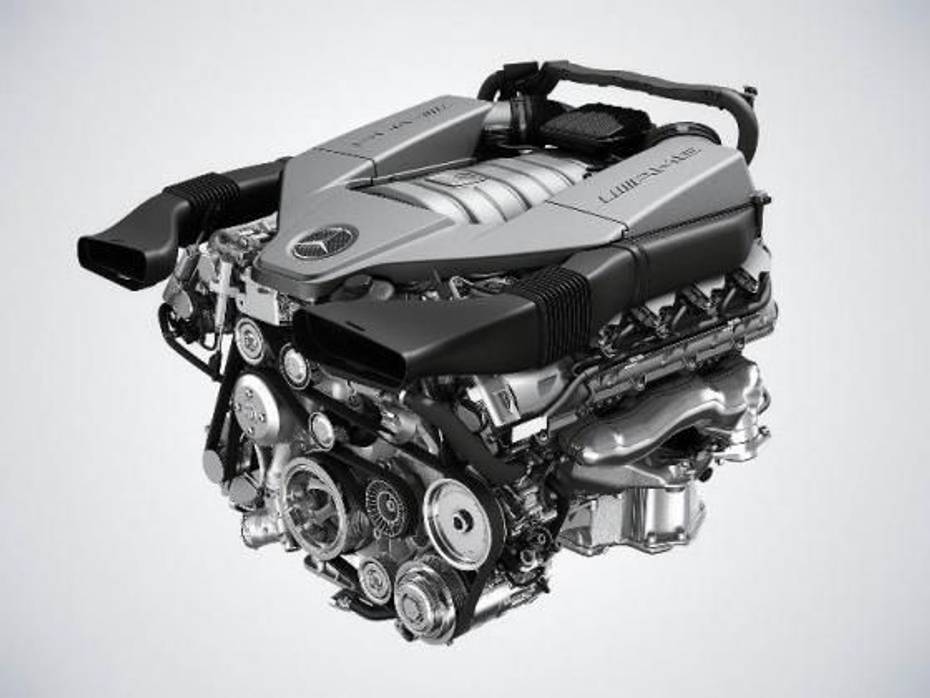
Are Maruti Suzuki’s Strong Hybrid Powertrains The Best Engine...
- Apr 25, 2024
- Views : 52647

To make an engine more powerful and compact, a v-shaped engine was born. Earlier used in aircrafts, a V-engine has two cylinders connected to the same crank shaft in a V-shape. This layout runs in an even number configuration having two (V-Twin), four (V4), six (V6) cylinders and so on.

A V-engine has the advantages of an inline engine layout and some of its own as well. The engine has a better acceleration since, the exhaust stroke in one cylinder puts the second cylinder in the compression stroke, thereby reducing lag and giving a better output. In some cases, the acceleration figures have doubled.
In most of the rear engined cars, the engine was longitudinally mounted and in front engined vehicles, the mill is mounted in a transverse layout. However, some of the cars follow different patterns depending on the design dynamics and space in the hood.

The main issues that came with a V-engine were the vibration and weight balance of the engine. Counterweights to the crank were added to tackle both the problems, but, at high speed, these were not totally reliable. A number of other designs were also conceived, like the narrow V-engine or the VR-engine, the W engine where three cylinders were joined by a single crank. Nevertheless, the Vees took the brunt of its time and proved to be a milestone in the world of engine layouts. It is used in most of mid and large sized production cars across the world. (Read: Inline Engines)

Are Maruti Suzuki’s Strong Hybrid Powertrains The Best Engine...

Mahindra XUV 3XO (XUV300 Facelift) Launched With Significant Design...

Tata Curvv: A Much Clearer Look At Its Interior Ahead Of Its Unveiling

2024 Mahindra XUV 3XO Interior Revealed: Old vs New Compared

Overview In 10 Images: Mahindra XUV 3XO Mid-Spec MX3 Variant

5 Features Upcoming 2024 Maruti Suzuki Dzire Is Expected To Get Over...

Mahindra XUV 3XO: All Details You Need To Know In 10 Images

2024 Maruti Suzuki Swift Teased In India For First Time, Check Out...

Mahindra XUV 3XO vs XUV300: Old vs New Compared
India's largest automotive community